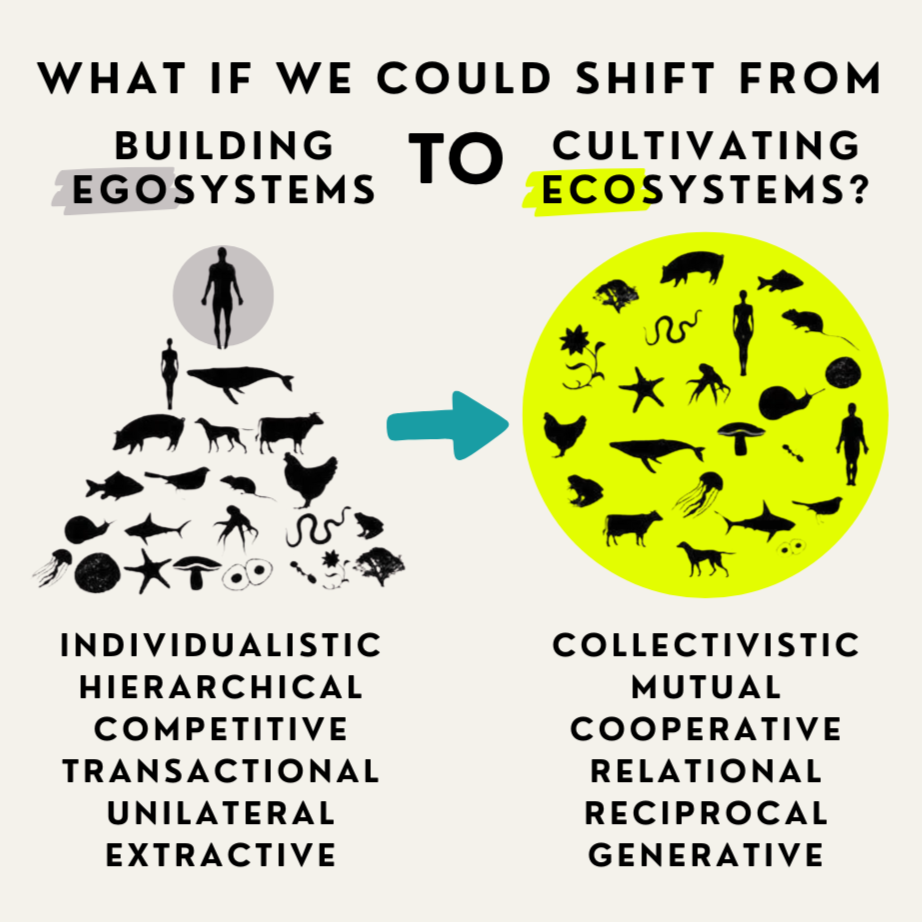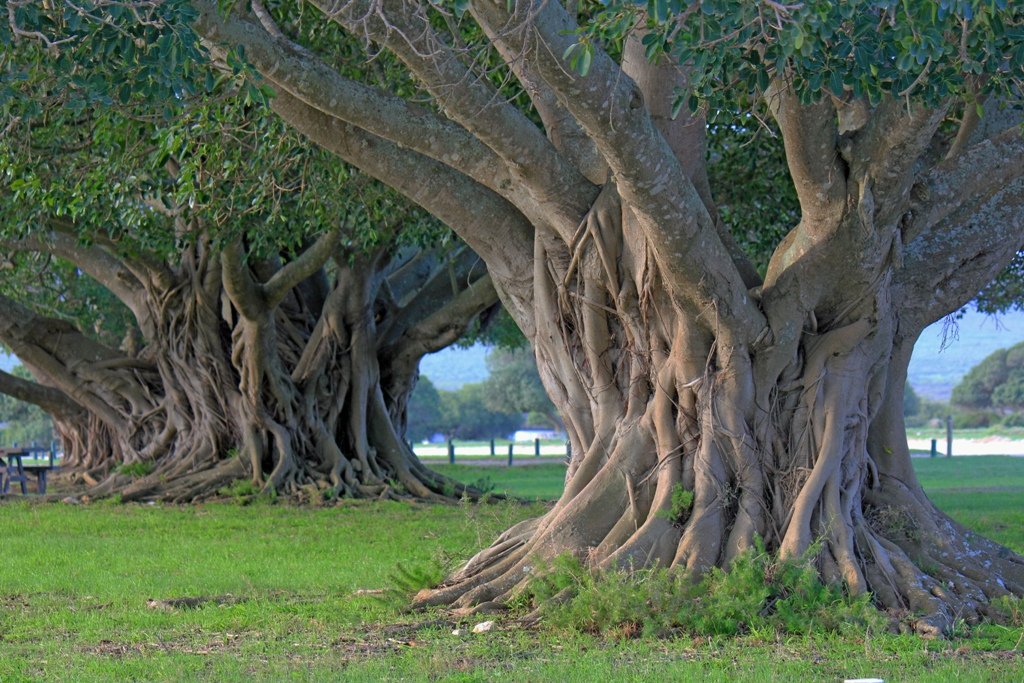



When our once-trusted institutions are dying, where do we go?
Despite patterns of exclusion and an institution focused on preserving itself, for years I couldn’t imagine leaving my denomination. I felt required to remain “loyal” to tradition: “After all, this church tradition nurtured my faith! For all its flaws, where would I be without its great chain of witnesses?” In my ordination paper, I even declared myself “happily un-Emergent,” decrying the hubris of church innovators for seeming to disregard the value of historic traditions. And so I stayed, begrudgingly so — as if just staying put was itself a mark of faithfulness.
Of all things, it was studying 1st and 2nd Kings that helped open my eyes and loosen my feet.
As our young congregation stumbled through COVID and a national reckoning with race, it was clear that there was no returning to “business as usual.” I turned to Kings, seeking wisdom for these disorienting times, and made a striking discovery: The biblical tradition itself is one big pointer to how and where God moves when our most cherished institutions collapse.

Why “Wild Fig Network?”
There is a moment I relish when sharing about the Wild Fig Network: Watching people’s reactions to the name. Some smile, others look puzzled, and a few—while not exactly turned off—do not experience resonance. Yet, a question always follows: “Where did that name come from?”
I love this question because “Wild Fig” encapsulates our vision for the network in many ways.
"Fig" is a rich biblical metaphor for the spiritual health of a community. When God’s people followed God’s commands, figs bore abundant fruit. When they strayed, the trees withered, and the fruit disappeared. "Wild" invokes the wilderness, a recurring theme in Scripture. The wilderness is where God’s people escape, are tested, shaped, and encounter God. It’s a place outside institutional power where the Spirit works in unexpected and transformative ways.
